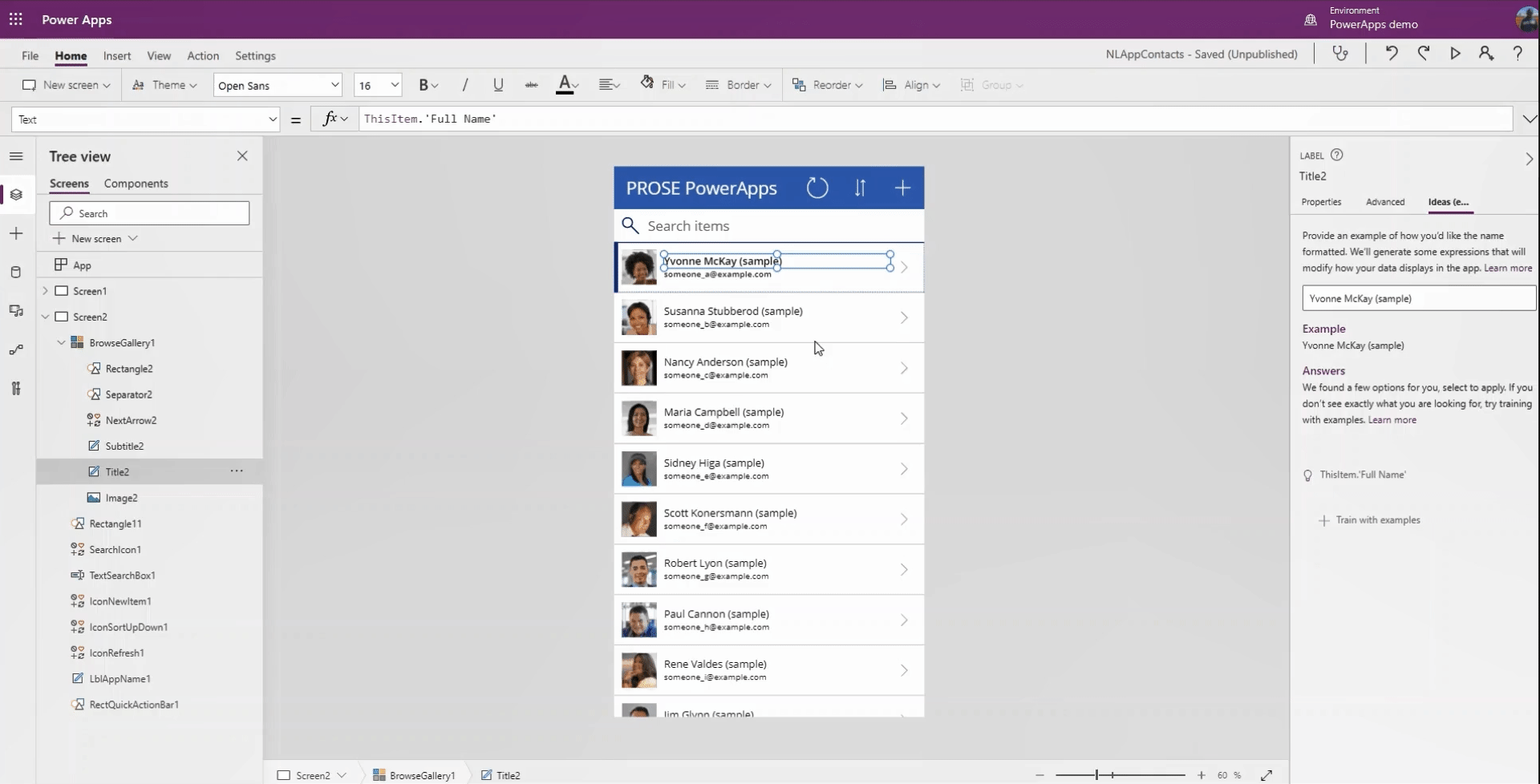
Alex - stock.adobe.com
Microsoft revs up AI push with GPT-3-enabled Power Apps
GPT-3-enabled Microsoft Power Apps will enable those with little or no coding experience to build Power FX applications on Azure using natural, conversational language.
Microsoft is getting GPT-3-based OpenAI tools into the hands of customers next month.
At its Microsoft Build 2021 conference last week the tech giant revealed plans to release its Power Apps low-code application development platform based on OpenAI's GPT-3 natural language model. The platform will be available in preview in June, Microsoft said.
The integration of GPT-3 into Microsoft Power Apps will enable users with little to no coding experience to build business and productivity applications using conversational language, the vendor said.
The features will enable business analysts to create an e-commerce app using conversational language such as "Find all products in store number 34 that begin with the word 'senior.'" Microsoft's Power FX then translates the text into code that runs on Microsoft's Azure cloud platform.
More than 200 applications currently use GPT-3 in OpenAI's first commercial product, OpenAI API, which was released in June 2020, according to OpenAI. Software vendors currently using GPT-3 include Viable, Fable Studio and Algolia. Algolia, for example, uses GPT-3 in its Answers application to provide what it says is ultrafast semantic search for customers.
This is Microsoft's first product to use the GPT-3 natural language model. Microsoft unveiled a $1 billion investment and exclusive partnership with OpenAI in 2019 and the pair collaborated on an OpenAI supercomputer running on Azure in May 2020.

"This is a pretty compelling advantage for Microsoft because it is a glimpse into the future of no-code development. Using natural language to describe what you want a computer to do has been a goal since the first programming languages were born more than 50 years ago," said Mike Gualtieri, a Forrester Research analyst.
"OpenAI and Microsoft have a clear lead in natural language understanding and natural language generation," Gualtieri added. "However, by productizing some of the capabilities in Power Apps, this spurs other giants to build similar models -- namely Google."
The analyst co-authored an August 2020 research report identifying software development and coding as a key application of AI over the next year.
One Microsoft partner said AI is driving a fundamental shift in software development.
"IT would drive historically. Now I am seeing the business drive the need for functionality. The business [side] creating low-code apps, with IT support," said Matt Scherocman, president of Interlink Cloud Advisors in Mason, Ohio. "Anything that makes code creation easier is exciting. This feature is just one more to try and lure developers to develop their apps on Azure."






